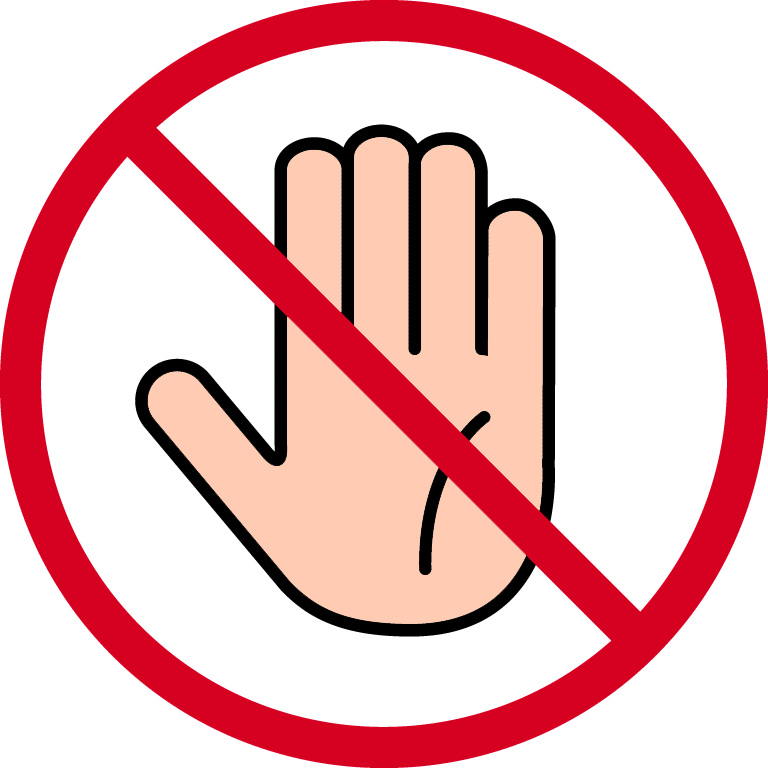*Diamond Member*

Posts: 51745
Liked By: 39336
Joined: 26 May 08
Followers:
58



Tipsters
Championship:
AB$:
901,562.50
Ranked: #1354
|

After claiming the title in both 2020 and 2021, Kawasaki Frontale's glory was interrupted when they slipped to 2nd in 2022 and plummeted to an unexpected 8th place finish last season (2023).
The club's prominence, akin to Real Madrid and Barcelona in the Spanish league, alongside Yokohama F. Marinos, has been evident in recent years. However, the departure of key players like Hidemasa Morita, Reo Hatate, Aoi Tanaka, Kaoru Mitoma, and Shogo Taniguchi left a significant void. Despite miraculously securing second place in 2022 without major reinforcements, their subsequent lack of immediate action to fill the gaps raises questions. While their perseverance until the final championship battle with Yokohama FM was commendable, the club's proactive measures seemed lacking.
Therefore, their descent to eighth place in the 2023 season didn't come as a shock. It felt almost inevitable, considering the circumstances.
This season, however, marks a shift in strategy. With the acquisition of three Brazilian players, including CF Ellison, from overseas, and the addition of Yuki Yamamoto and Sota Miura from Japan, Kawasaki Frontale is taking proactive steps to revitalize their squad.
It's worth pondering why these actions weren't taken sooner, especially considering the continuity in coaching staff. Coach Tatsu Oniki, who assumed the role in 2017, now enters his eighth season—a significant tenure in a sport known for frequent managerial changes.
Analyzing Kawasaki's prospects this season requires evaluating their recent tactical changes. Despite previously emphasizing attacking football, they've increasingly adopted a defensive approach, often deploying a five-back formation. This shift, resembling the strategies of Japan's national team under Moriyasu, signifies a departure from their previous style.
The success of this tactical evolution hinges on players like CF Ellison, who now holds the key to their offensive prowess. However, recent matches against opponents like Shandong Taishan FC have highlighted deficiencies, especially in comparison to their foreign counterparts.
The departure of key players like right-back Shunki Nakayama, who moved to the MLS's Los Angeles Galaxy before the season, underscores the importance of newcomers like Sasaki Asahi, who must fill the void. Adapting players from left to right positions isn't the concern; rather, it's the synergy between older players like 37-year-old right winger Akihiro Ienaga and newer additions that will determine success.
In midfield, the arrival of Yamamoto from Gamba Osaka brings hopes of immediate impact, enhancing their passing game. However, uncertainties loom around new signings like Ze Ricardo, particularly in pivotal roles like the anchor position. Can they match the standards set by their predecessors like Simitch?
Defensively, vulnerabilities persist, especially in conceding goals, raising concerns about the team's solidity. Despite acquiring former Japan international Yuichi Maruyama, doubts linger over whether it's enough to shore up their defense.
Meanwhile, rivals like Urawa Reds, bolstered by the addition of Thiago Santana, pose formidable challenges. While Kawasaki remains a contender, their ability to exhibit resilience and solidity under Coach Oniki, now in his eighth year, remains a critical factor in their quest for glory.

"Margin of Safety" as the Central Concept of Betting
A team's past ability to create quality chances is the expected number of goals that they should have produced. The expected number of goals in excess of the actual number of goals constitutes the "margin of safety". The margin is counted on to cushion the bettor against discomfiture in the event of a performance decline in the upcoming fixture. The soccer bettor does not expect the upcoming fixture to work out the same as in the past. If he were sure of that, the safety margin demanded might be small. The function of a safety margin is, in essence, that of rendering unnecessary an accurate estimate of the team's winning probability in the upcoming fixture. If the safety margin is sufficiently large, then it is enough to assume that the team's upcoming performance will not fall far below their expected goals in order for the bettor to feel sufficiently cushioned against bad luck. The safety margin is always dependent on the odds that the bettor accepts from the bookie. It will be large in certain odds, small at some lower odds, and negative when the odds is too low. However, even with a safety margin in the bettor's favour, he may lose his bet. For the margin guarantees only that he has a better chance of winning - not that loss is impossible.
Theory of Diversification
There is a close logical connection between the concept of safety margin and the principle of diversification. One is correlative with the other. Even with a margin in the bettor’s favor, an individual bet may work out badly. But as the number of such commitments is increased the more certain does it become that the aggregate of the profits will exceed the aggregate of the losses. This point may be made more colorful by a reference to the arithmetic of roulette. If a man bets $1 on a single number, he is paid $35 profit when he wins—but the chances are 37 to 1 that he will lose. He has a “negative margin of safety.” In his case diversification is foolish. The more numbers he bets on, the smaller his chance of ending with a profit. If he regularly bets $1 on every number (including 0 and 00), he is certain to lose $2 on each turn of the wheel. But suppose the winner received $39 profit instead of $35. Then he would have a small but important margin of safety. Therefore, the more numbers he wagers on, the better his chance of gain. And he could be certain of winning $2 on every spin by simply betting $1 each on all the numbers. (Incidentally, the two examples given actually describe the respective positions of the player and proprietor of a wheel with a 0 and 00.)
|










